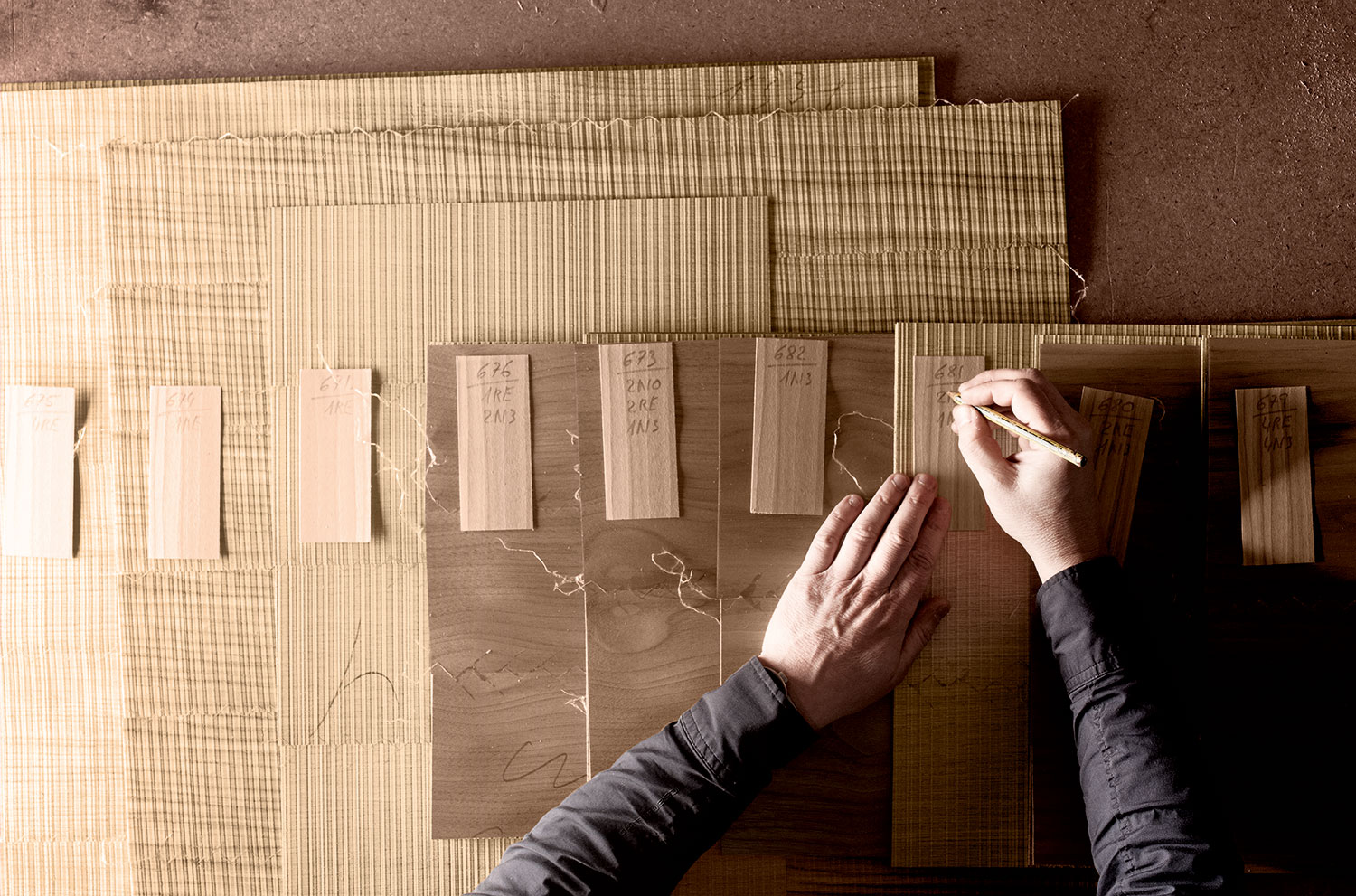How Aldabaldetreku
became Treku
PHOTO:
Xabier and Gorka Aldabaldetreku,
grandchildren of the founder of
Muebles Treku and current directors
When dawn breaks in Zarautz, the rays of the sun take a few more minutes more to fall on the Olaa neighbourhood. The light uses this time to break through the hills among which this entirely rural spot is nestled, just two kilometers from one of the Basque Country’s best-known beaches. Olaa bears no resemblance to touristy Zarautz. It is covered in green pastures still grazed by livestock and is scantly inhabited by a dozen evenly-scattered homesteads, the characteristic Basque farm. A small freshwater stream called Olaa, the very same that gives the place its name, forms its backbone as it crosses the neighbourhood, allowing the road to run by its side.
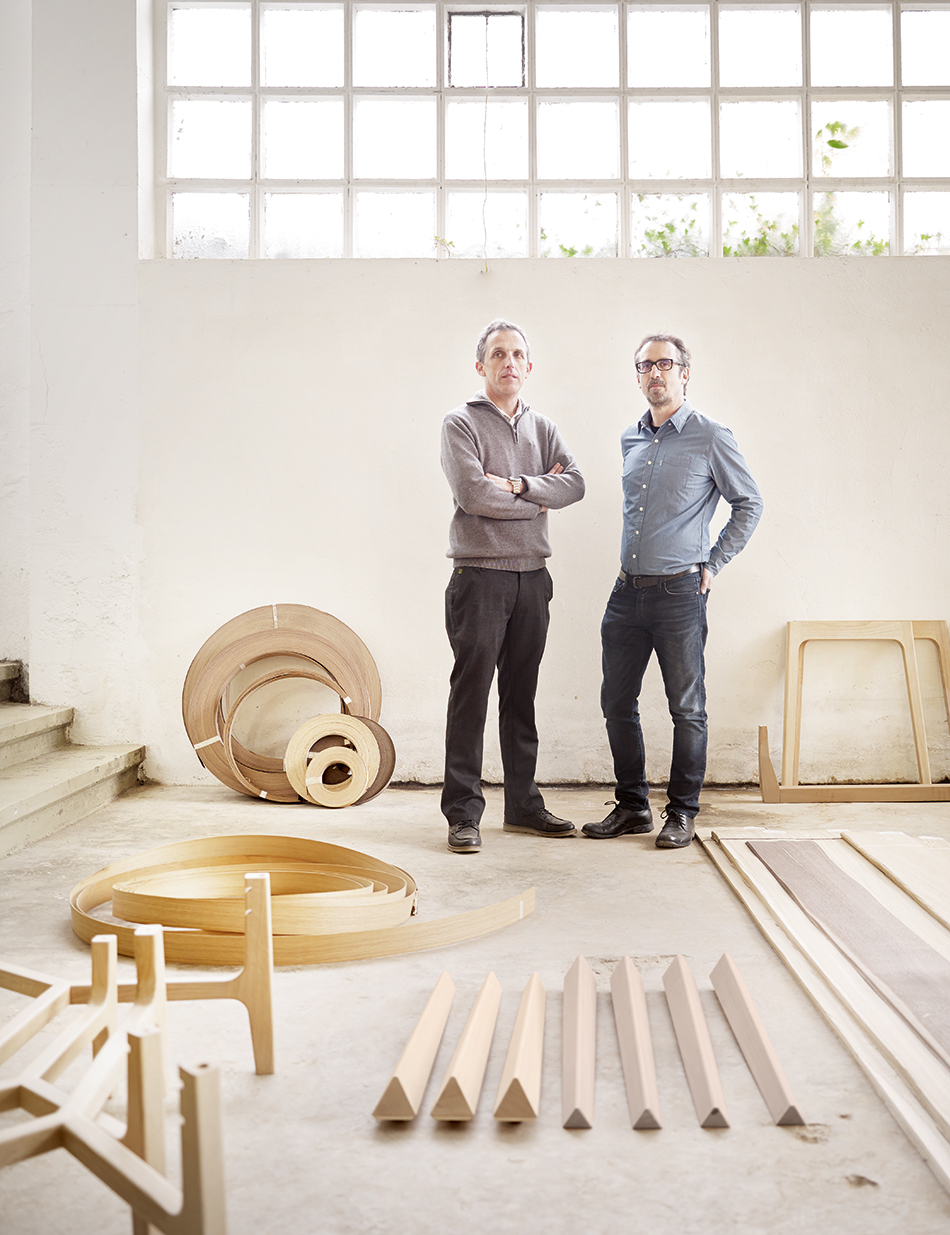
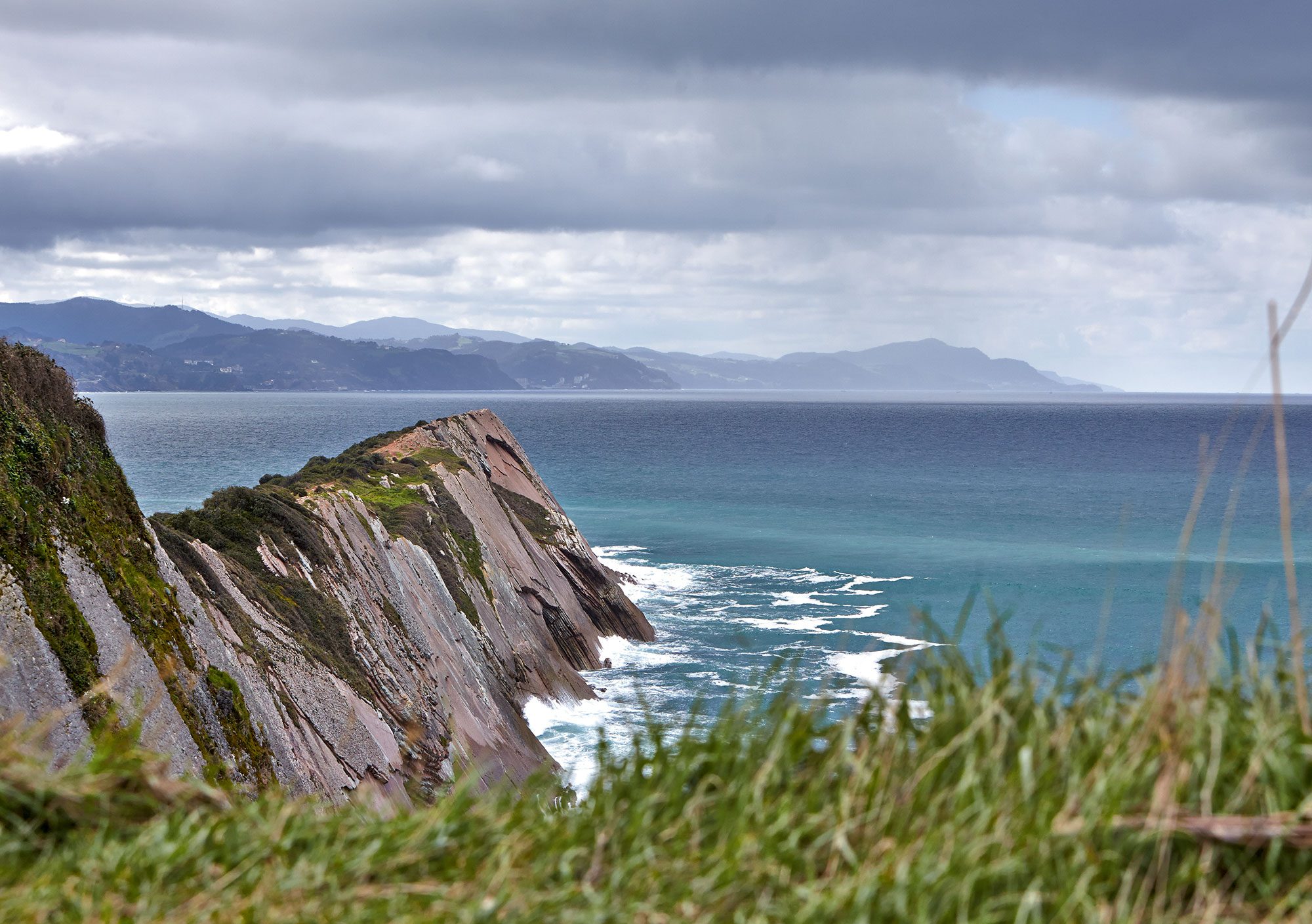
PHOTO:
(Top)The Flysch of Zumaia,
which reveals more than
60 million years of the
Earth’s history.
This is home to Muebles Treku’s factory, a building which awakens at the same time each day when an operator turns on the furnace, feeding it with discarded wood from furniture construction, and starts up all the machinery. An hour later, when the rest of the workers arrive, the production cycle is already warmed up and ready to go so they can get started on their work.
It hasn‘t always been this way because Treku wasn’t always there. The company was established in 1947 in a modest industrial suburb very close to the Zarautz’s historic quarter by Jesús Aldabaldetrecu, the aitona (‘grandfather’ in Basque) of the current managers.
His vocation was making bathroom furniture for the inhabitants of Zarautz but people soon started to call for his services from towns all over the Basque Country. Although Jesús created classic and simple furniture, he was highly valued by clients who appreciated his conscientiousness, his integrity and his taste for details.
After he retired, his children expanded the business: they transformed the small carpentry workshop into a modern factory and began selling their products across Europe. Treku grew and moved to a new 12.000 square meter factory in the Olaa neighbourhood of Zarautz, and with it emerged the rst signs of the subtlety of the furniture design which today characterises all their collections. The Treku of today is the lovechild of yesterday’s experience and tomorrow’s ideas. “Modern machinery might take up most of the factory’s surface, but ngers and eyes are still at the heart of the production process”. It is these ngers and eyes which select knots and grains in the oak veneers; which are responsible for making a piece of furniture gleam the best ochre which characterizes walnut; or which are capable of distinguishing the pink hues that American oak will give out in years to come as it ages.
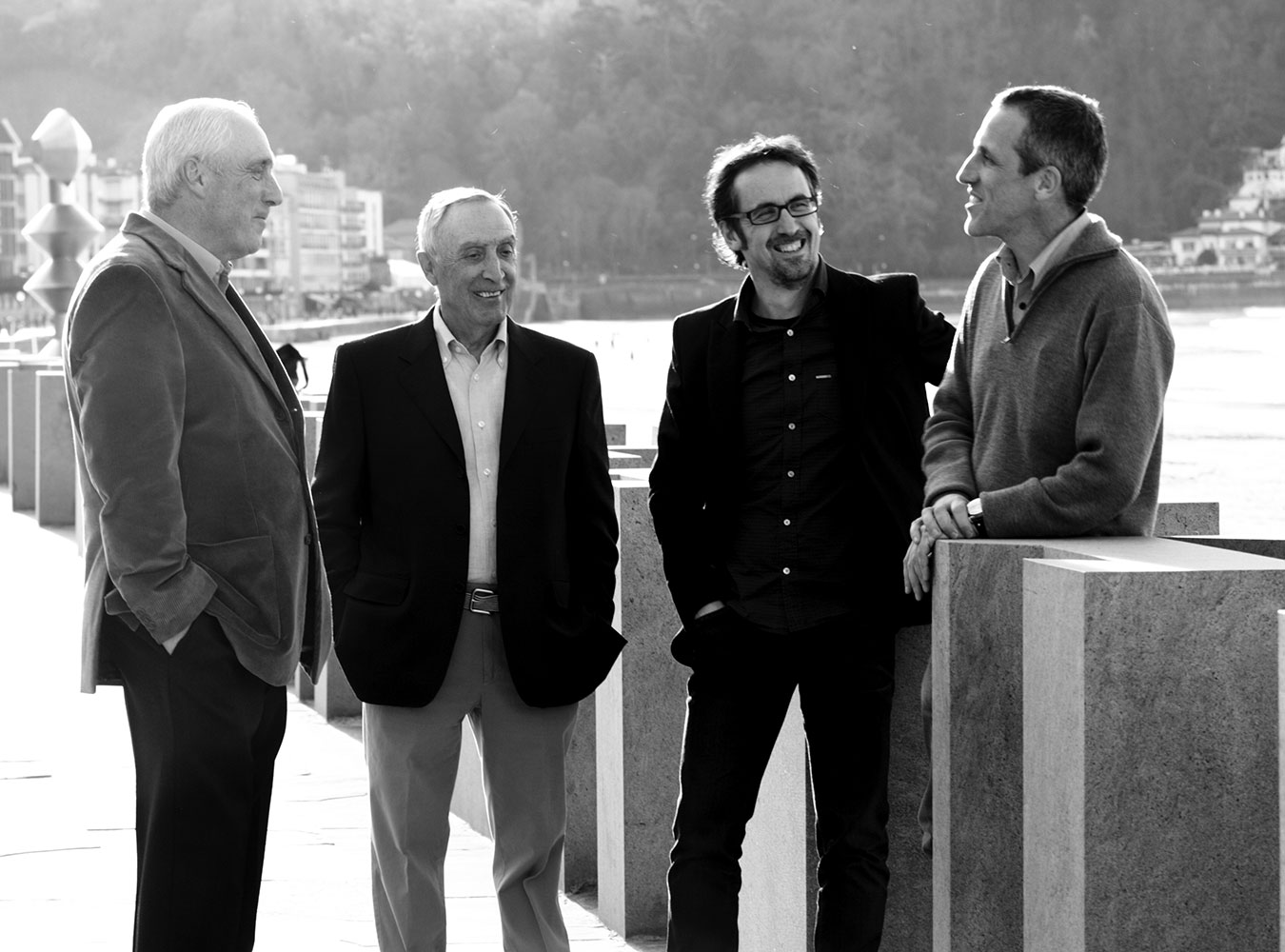
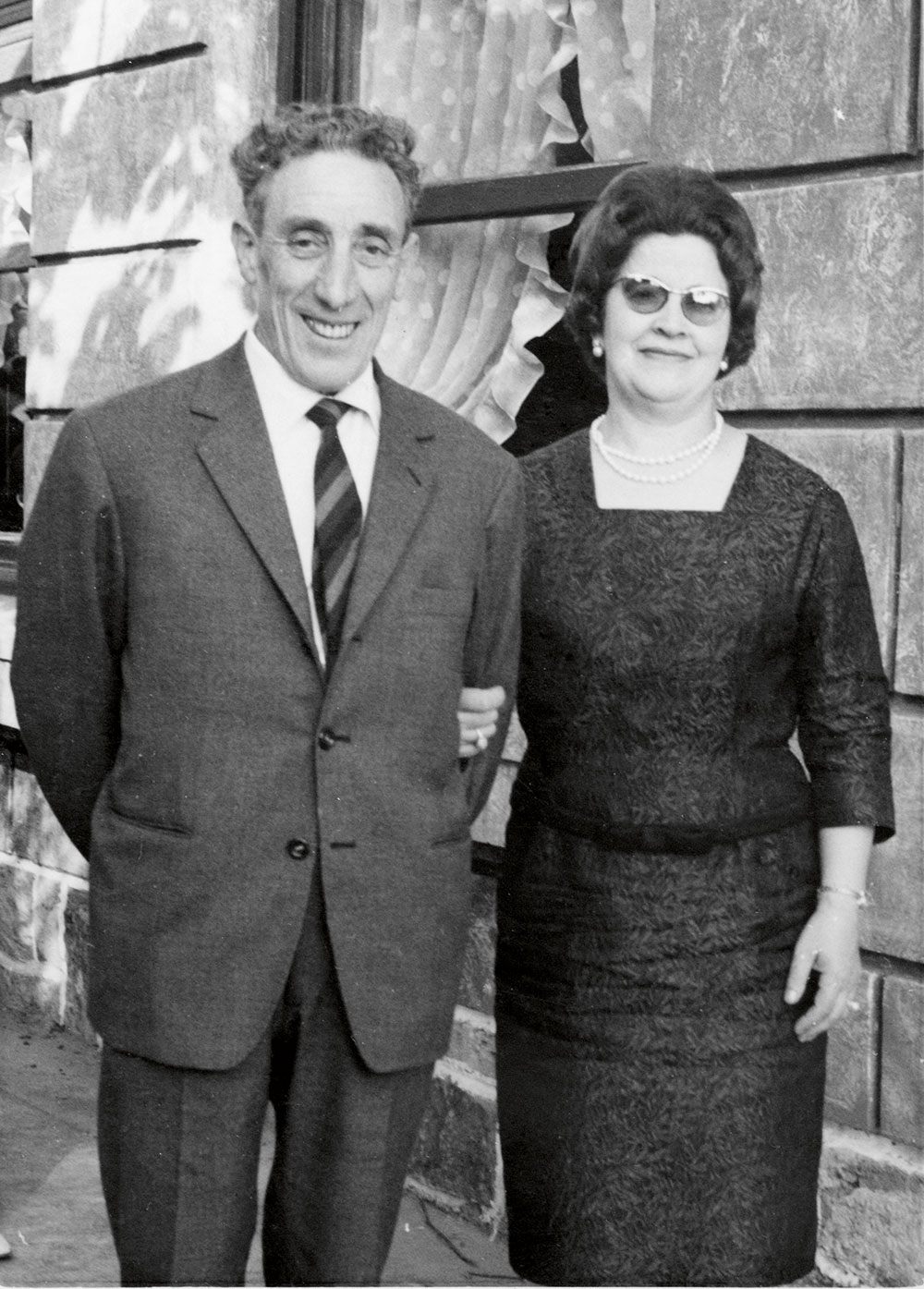
PHOTOS:
(01) The second and third generation
of the Aldabaldetreku family.
(02) Treku founder Jesús Aldabaldetrecu
with his wife Jesusa.
The Treku of today is technology and, above all, craft, a wood craft which, for over 500 years has been in the DNA of the carpenters of Zarautz. The Treku of today are the grandchildren of Jesús and its team is made up of carpenters, designers, sales reps and managers. In a corner of Treku’s offices, filled with the constant aroma of co ee, sits a wooden table of barely a square meter in size. It has no drawers nor additional units. It has a rectangular surface, smooth and austere, on which the accounting of days gone by was done; the painstaking work of the company’s gures and balances. It has been out of use for many, many years but is kept as a nostalgic reminder of what the company once was.
Not far from this table is a world map with small ags pinned on it to mark the countries where Treku distributes its creations. There are more than fty pins, representing the internationalisation achieved in the past few years. If these pins were to be joined up by an imaginary thread, it would be possible to do a complete loop around the world. This loop began in 1947 with Jesús Aldabaldetrecu, the carpenter grandfather. It is an odyssey whose course is chosen by contemporary and everlasting furniture produced in this rural neighbourhood of Zarautz where dawn always breaks a few moments later.
